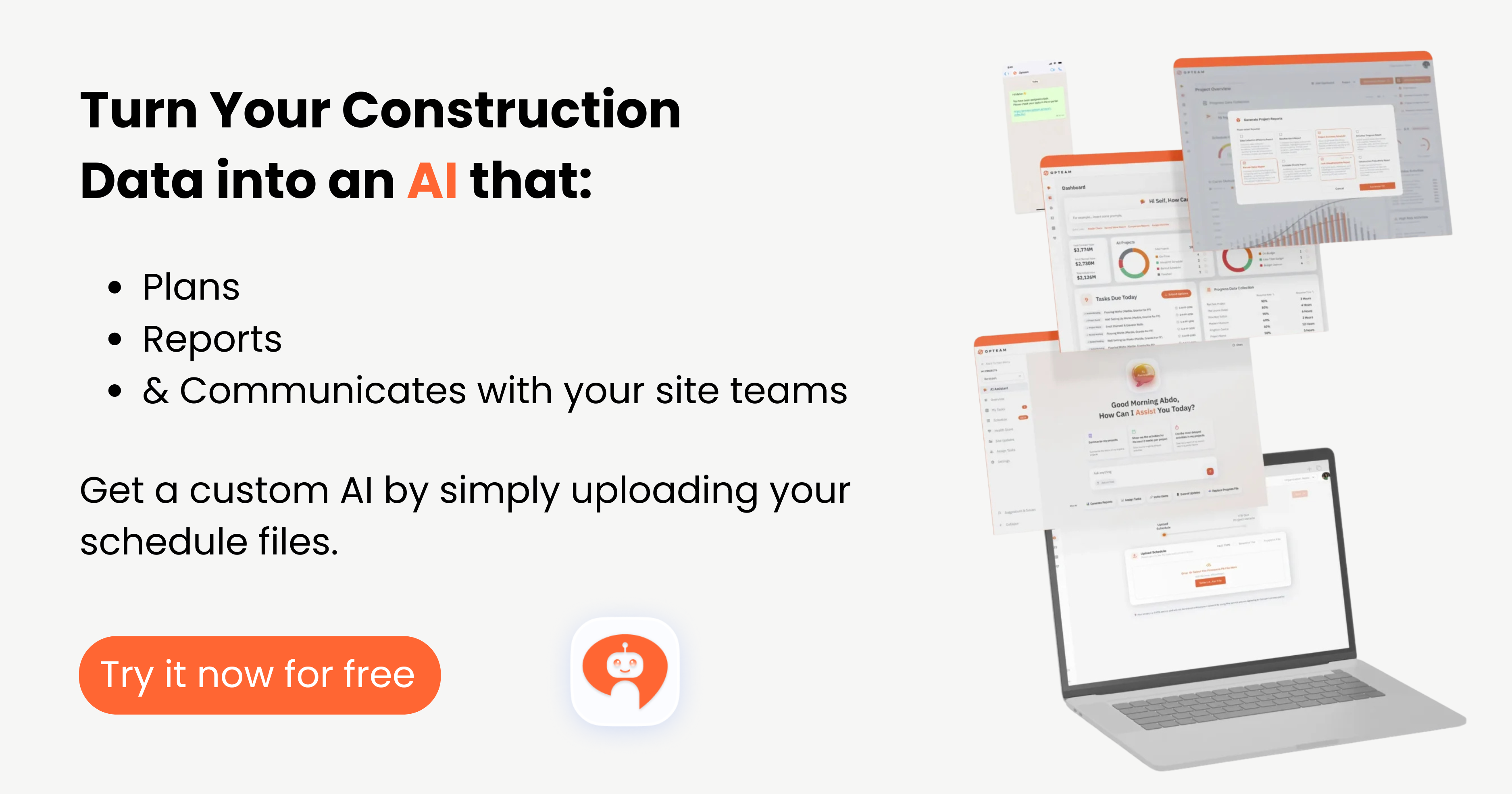In the construction industry, the acronym SWAG stands for “Scientific Wild-Ass Guess.” It is a term used to describe an educated guess based on experience, intuition, and available data when precise information is lacking. While it may sound informal, a SWAG is often employed during the early stages of a project when there is insufficient detailed information to make accurate calculations.
This approach allows project managers and engineers to estimate costs, timelines, and resource requirements with a reasonable degree of confidence, helping to set initial expectations and guide decision-making.
SWAGs play a crucial role in the planning and budgeting phases of construction projects. When detailed plans and specifications are not yet available, project stakeholders rely on SWAGs to create preliminary budgets and schedules.
These estimates are typically refined as more information becomes available and as the project progresses. By using a SWAG, project teams can move forward with a project even when faced with uncertainties, ensuring that progress is not stalled due to a lack of detailed data.
Practical Applications
1. Preliminary Cost Estimation
- Early Project Stages: During the initial stages of a project, detailed information may be lacking, making it difficult to produce accurate cost estimates. Experienced project managers can use SWAG to provide a rough cost estimate based on similar past projects and their knowledge of current market conditions.
- Budgeting and Planning: SWAG can help in setting initial budgets and timelines, allowing stakeholders to make informed decisions about whether to proceed with further detailed planning and design.
2. Project Scheduling
- Initial Timeframes: When detailed schedules are not yet available, project managers can use SWAG to create preliminary project timelines. These estimates can help in planning resource allocation and setting realistic deadlines.
- Contingency Planning: SWAG can be used to anticipate potential delays or issues that may arise, allowing for the inclusion of contingency time in the project schedule.
3. Resource Allocation
- Estimating Labor and Materials: SWAG can be employed to estimate the amount of labor and materials needed for a project based on similar past projects and the project manager’s experience. This can be particularly useful when precise quantities are not yet known.
- Adjusting Resource Levels: During the project, if unexpected challenges arise, SWAG can help in making quick decisions about adjusting resource levels to stay on track.
4. Risk Management
- Identifying Potential Risks: Experienced project managers can use SWAG to identify potential risks that may not be immediately apparent through formal risk assessment processes. This can help in developing mitigation strategies early on.
- Developing Mitigation Plans: SWAG can assist in creating rough mitigation plans for identified risks, providing a starting point for more detailed risk management efforts.
5. Client Communication
- Setting Expectations: When communicating with clients who may not be familiar with the intricacies of construction projects, SWAG can be used to provide understandable and relatable estimates for project costs and timelines.
- Decision-Making Support: Providing clients with SWAG-based estimates can support decision-making by giving them a sense of potential outcomes and helping them weigh options.
6. Innovation and Problem-Solving
- Creative Solutions: SWAG can encourage creative thinking and problem-solving when standard methods and data are not sufficient. Experienced professionals can use their intuition to develop innovative solutions to construction challenges.
- Adapting to Change: Construction projects often face unexpected changes. SWAG allows project managers to adapt quickly and make informed decisions even when precise data is unavailable.
How is the Swag Estimate Determined?
The determination of a SWAG (Scientific Wild-Ass Guess) estimate involves a blend of intuition, experience, and limited available data. While it may sound informal, the SWAG estimate is a practical tool used in project management when precise data is unavailable. Initially, project managers leverage their past experiences and industry knowledge to make an educated guess about the project’s scope, timeline, and costs.
This subjective approach helps in setting preliminary expectations and identifying potential challenges.
Next, this initial guess is refined using any available data, however sparse it might be. Historical project data, similar project benchmarks, and expert consultations play a crucial role in this phase. Project managers analyze past projects of similar nature to draw parallels and make more informed estimations.
They also consider the unique aspects of the current project that might affect the estimate, such as new technologies, differing team dynamics, or environmental factors. This process helps in transforming the SWAG from a purely intuitive guess into a more structured and reliable estimate.
Finally, the SWAG estimate undergoes validation and adjustment through stakeholder review and iterative feedback. Engaging team members and stakeholders in the estimation process ensures that diverse perspectives and expertise are considered.
Components
| Component | Description |
|---|---|
| Initial Intuition | Leveraging past experiences and industry knowledge to make an educated guess about the project’s scope, timeline, and costs. |
| Available Data Analysis | Refining the initial guess using any available data, such as historical project data, similar project benchmarks, and expert consultations. |
| Unique Project Factors | Considering unique aspects of the current project that might affect the estimate, like new technologies, team dynamics, or environmental factors. |
| Stakeholder Review | Engaging team members and stakeholders to provide diverse perspectives and expertise, ensuring the estimate is comprehensive and well-rounded. |
| Iterative Feedback | Regularly reviewing and updating the estimate based on new information or changes in project scope to maintain accuracy and relevance. |
| Historical Comparisons | Analyzing past projects of similar nature to draw parallels and make more informed estimations. |
| Expert Consultation | Consulting with subject matter experts to gain insights and refine the initial guess with more precise and knowledgeable input. |
| Preliminary Framework | Creating a preliminary framework that provides a starting point for project planning and can be adjusted as more data becomes available. |
Pros & Cons
While it provides a quick and intuitive starting point, it’s important to consider its advantages and disadvantages. The table below outlines the pros and cons of using a SWAG estimate.
| Pros | Cons |
|---|---|
| Quick to generate | Lack of precision |
| Leverages experience and intuition | High degree of uncertainty |
| Useful when detailed data is unavailable | May lead to unrealistic expectations |
| Helps initiate preliminary planning | Relies heavily on subjective judgment |
| Can be refined as more data becomes available | Potential for significant adjustments later |



